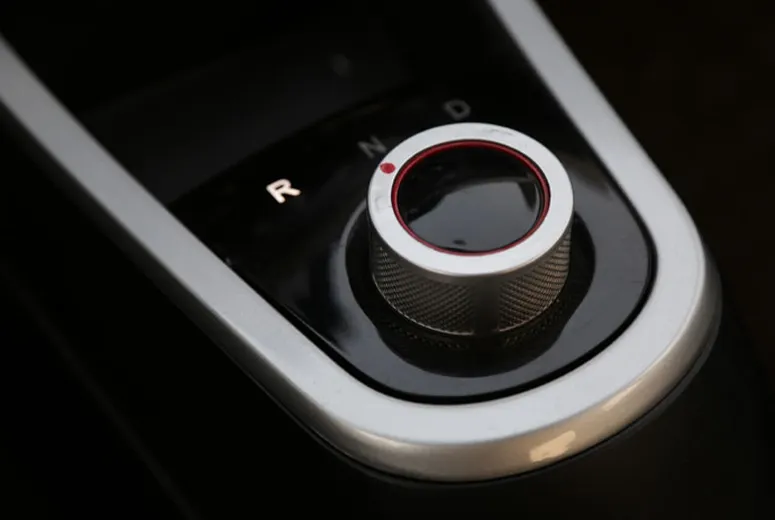Design and Functionality of Cross Member in Vehicle Chassis Systems
Understanding the Cross Member Chassis A Critical Component in Automotive Engineering
The cross member chassis is an essential structural element found in many automotive designs. This component plays a pivotal role in ensuring both the durability and stability of a vehicle's frame. As automotive technology continues to evolve, understanding the intricacies of the cross member chassis becomes increasingly important for engineers, designers, and consumers alike.
What is a Cross Member Chassis?
A cross member chassis refers to the support structure that connects two or more components of a vehicle's frame. Typically, the cross members run perpendicular to the main longitudinal members of the chassis, providing crucial reinforcement. This configuration enhances the vehicle's structural integrity and participates actively in load distribution during various driving conditions.
The primary function of cross members is to support critical components such as the engine, transmission, and suspension system. By providing a sturdy framework, these members ensure that the vehicle can withstand stresses caused by acceleration, braking, cornering, and other dynamic forces.
Importance of Cross Members
The importance of cross members cannot be overstated. One of their key roles is in enhancing safety by maintaining the shape of the vehicle's chassis during collisions. In the event of an accident, a well-structured cross member chassis helps absorb impact forces, protecting the occupants of the vehicle. This is particularly vital in rollover situations where structural integrity is crucial.
Moreover, cross members contribute to the overall handling and performance of a vehicle. A rigid chassis improves the driver's feel and response during steering maneuvers. The enhanced rigidity provided by cross members reduces body roll and allows for better tire contact with the road surface, leading to improved traction and stability.
Manufacturers often utilize various materials when constructing cross members. For example, high-strength steel is frequently used due to its balance of weight and strength, while advanced materials like aluminum and composites are gaining prominence in modern vehicle design. These materials can contribute to weight savings, which in turn can improve fuel efficiency and overall performance without compromising safety.
Challenges in Cross Member Design
cross member chassis

Despite their importance, designing effective cross members can be challenging. Engineers must consider multiple factors, including weight distribution, manufacturing costs, and compatibility with other vehicle systems. There is also the challenge of meeting safety and regulatory standards while ensuring that vehicles remain economically viable in a competitive market.
As automotive industries move toward electric vehicles (EVs), the role of cross members is evolving. With the growing need for battery placement and weight distribution, engineers are required to rethink traditional designs. Cross members must adapt to accommodate these changes while still providing the necessary support and safety features.
Innovations in Cross Member Technology
Recent advancements in technology have led to innovative designs and materials for cross members. The implementation of computer-aided design (CAD) software allows engineers to simulate stress and performance under various conditions, which aids in refining the cross member structure. This advanced modeling helps in optimizing weight while retaining strength.
Moreover, the introduction of modular chassis designs has provided new avenues for cross member functionality. These modular systems allow for easier assembly and can be adapted for different vehicle types, from sedans to SUVs, improving manufacturing efficiency and reducing costs.
The use of 3D printing technology is also on the rise, enabling the creation of complex geometries that were previously difficult or impossible to manufacture. This paves the way for lighter and more optimized cross member solutions, merging performance with cost-effectiveness.
Conclusion
In the rapidly evolving landscape of automotive engineering, the cross member chassis stands out as a critical element that combines safety, performance, and design innovation. As vehicles become more sophisticated, the design and material choices for cross members will continue to play a significant role in shaping the future of automotive technology.
Understanding the function and importance of cross member chassis allows both engineers and consumers to appreciate the intricate balance of safety, performance, and engineering excellence that goes into modern vehicles. By continually innovating and adapting to new technologies, the automotive industry is well-equipped to meet the challenges of tomorrow’s mobility solutions.
-
SINOTRUK HOWO 84 Electric Dump Truck for Eco-Friendly Heavy HaulingNewsJul.26,2025
-
The Fast 16-Gear Manual Transmission Assembly for Heavy TrucksNewsJul.25,2025
-
Mercedes Benz Actros 1848 42 Tractor Truck for Sale - Reliable PerformanceNewsJul.24,2025
-
High-Quality Water Pump Assembly for Sinotruk Trucks – Durable & ReliableNewsJul.23,2025
-
Premium Truck Engine Antifreeze Coolant Fluid for Heavy Duty VehiclesNewsJul.22,2025
-
FOTON View G7 Mini Bus: Affordable & Spacious TransportNewsJul.22,2025
Popular products

























